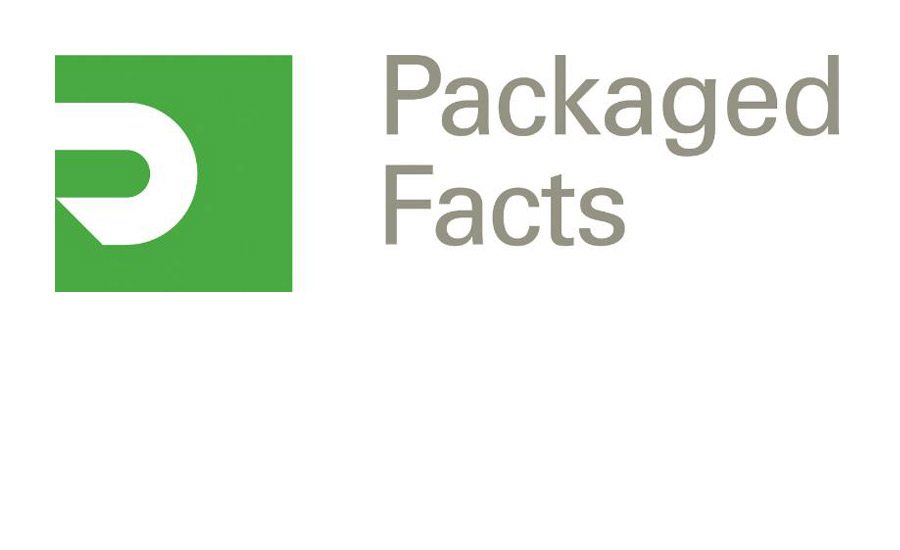The tide is rising for bottled water. The better-for-you beverage’s popularity is gaining ground on its sugary and carbonated counterparts. As a result, soda sales, in particular, have failed to pop like they did in past years.
“The healthy lifestyle mantra to ‘eat less sugar, drink less soda’ has taken root and bottled water is benefitting from the trickledown effect of this increased sugar and soda avoidance,” says David Sprinkle, research director for market research firm Packaged Facts.
In the report Food Formulation Trends: Ingredients Consumers Avoid, 2nd Edition, Packaged Facts found that it’s not just the sugar in soda that consumers want to avoid, it’s also the excess calories. Consumers checking on the calories in the foods they purchase have most typically chosen to skip certain foods that are high in calories in favor of lower calorie substitutes.
Traditionally cutting calories meant having a diet soda instead of a regular soda or opting for a salad over a pasta dish. However in recent years drinking water or low or no calories beverages when hungry rather than eating food has emerged as a trend with a considerable following. Packaged Facts data reveal that 3 out of 4 consumers are reducing their calorie intake by this method—including older consumers, who are more likely than younger consumers to choose this method of cutting calories, as are college graduates, consumers with higher incomes, and women.
Another factor boosting bottle water sales is consumer concern over the safety of their top water. Lead contamination in drinking water in Michigan, New Jersey, and Washington, D.C. has some questioning the reliability of America’s water infrastructure. Bottled water is deemed by many to be a safer alternative—assuming marketers have been transparent about where their water is pumped from.
Bottled water’s trending status doesn’t, however, indicate the demise of the US soda market. It’s important to remember that while food manufacturers want to please those consumers joining the “free from” and healthy lifestyle movements, they still need to satisfy those consumers who demand products that can be categorized as less healthy than necessary.
Foods with added sugars, especially sugary beverages, are a case in point. Manufacturers of carbonated sodas and waters and juice drinks with added sweeteners make far more money from those products than from their sugar-free products. As governments move to impose higher taxes on sugary beverages, the industry inevitably does all that it can top resist. The sugary beverage companies are faced with consumers having to pay more for these products and the possibility of losing sales as a result, notes Sprinkle. Don’t be surprised to see a greater influx of flavored, sparkling and even caffeinated water.
Less Pop for Soda Market
Bottled water segment on the rise
